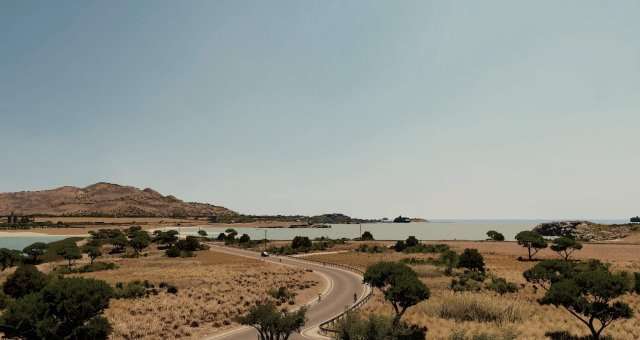
Details on costs and revenues for each mode of transportation in vanilla Cities Skyline.
Contents
Transportation Economics Overview
All credit goes to mmtap!
Introduction
Public transportation in Cities Skylines is very important to ensure a smoothly working city. A well designed system takes traffic off of the roadways which allows Cims and Services to go about their business.
However, public transportation can also be very expensive. This guide is intended to document the financial impact of each of the transportation modes in vanilla Cities Skylines. While it may not be possible to have all modes MAKE money for your city, an understanding of the basics will help to ensure that they don’t become a money pit which drives your city to bankruptcy.
If you think about Transportation as a ‘mini-business’ within your city, then you can begin to consider a simple ‘Profit & Loss’ statement for that business with the following inputs:
- Revenue – Number of customers multiplied by the fare amount.
- Variable Costs – The weekly cost of each vehicle in service.
- Fixed Costs – The weekly costs of infrastructure associated with running the line (i.e. bus depot, metro station and tunnels, train tracks, ferry terminal, etc.).
Note: Fixed Costs Exclude the one-time cost of installing the infrastructure as these costs have no bearing on your on-going budget management – once the one-time costs are incurred, they’re done.
Each transportation mode has different values but those values fall into one of these three categories.
From this you can establish three key metrics in order to evaluate your performance:
- Number of Customers – It’s important to understand two ways of thinking about customers – first, the maximum number of customers a given mode of transportation can carry and, second, the utilization rate (percent of capacity in use).
- Variable Profit – the profit/(loss) generated by the vehicles themselves.
- Net Profit – the total profit/(less) after taking into account all variable and fixed costs.
This guide focuses on three of the most frequently used modes of transportation. Others will be added in the coming days.
Information Sources in Game
The overall transportation budget can be found on the transportation tab of the budget:
The total passenger count can be found in the transportation Info View:
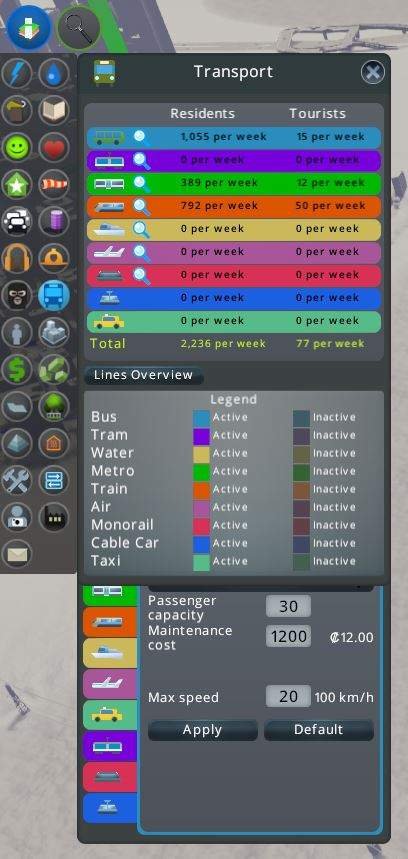
From this window, clicking on the desired mode shows the detail by line (in this case – buses):
Then, from this window, clicking on the magnifying glass of each line shows the line detail:
Utilization must be calculated manually. Just take the actual number of passengers divided by the number of vehicles times Passenger Capacity to determine utlization:
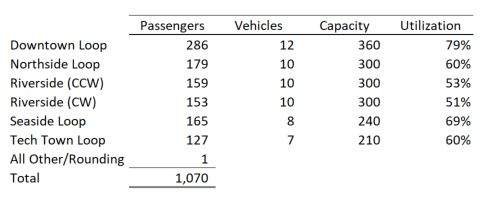
Revenue Calculation
At each transportation stop, some passengers get on and others get off.
Each time a customer gets on, they pay the fare. Obviously, they do not pay when they get off.
Because of this on/off dynamic, it is possible for a vehicle to generate more fare paying passengers during a week than its maximum capacity value would suggest.
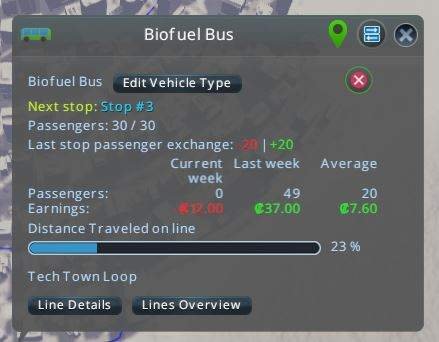
The vehicle detail (click on the vehicle itself to see) shows the number of passengers who board and pay the fare for the current week, the last week and the average since the vehicle when into operation. The current week counter resets every week (of course), on Friday morning (in case you’re interested to know).
Obviously, game time and the visual representations of time are not quite aligned. A day goes by in several seconds (depending on game speed) while a vehicle on the screen progresses only a few city blocks during that ‘day’. Reality and fun game play are not 100% compatible. 🙂
The point is, the counter resets each week regardless of where the vehicle is along its route. The vehicle may make more or fewer stops with more or fewer fare paying passengers in a given week before being reset. Therefore, revenue each week may vary to some degree.
This guide baselines at 100% utilization. Your implementation decisions should allow for the high probability that your lines will not operate at that level and that regularly exceeding 100% is unlikely.
Bus
Factor Values
- Vehicle Capacity = 30
- Fare per Customer = 1 credit
- Vehicle Cost = 12 credit
- Fixed Cost (Conventional Bus Depot) = 720 credit
In order to break even at Variable Profit, your buses must average 40% utilization (12 passengers at 1 credit each minus 12 credit vehicle cost equals zero).
A bus operating at capacity generates 18 credits (30 credits fare minus 12 credits cost).
In order to break even, a minimum of 40 buses OPERATING AT CAPACITY must be in service (40 buses time 18 variable profit equals 720 which is equal to the fixed costs of bus depot).
If buses are not operating at capacity (they hardly ever will be), then you would need a number of buses equal to 40 divided by actual capacity to break even. For example, if you’re operating at 60% capacity, then you would need 67 buses to break even.
BioFuel buses cost the same to operate and generate the same per passenger revenue. However, the BioFuel bus depot has a Fixed Cost of 960 credits which means you need a minimum of 54 buses operating at capacity to break even. The game requires that you have either the conventional OR BioFuel bus depot in order to establish bus lines. After that, you may add up to 100,000 buses as you wish without any additional fixed costs.
Other facilities are optional. The Bus Terminal may be helpful to organize your bus lines, but it is an expensive facility costing 1,200 credits a week to operate. That means that you would need an additional 67 buses operating at full capacity to offset this fixed cost.
Right of Way Costs
We will see in the next sections that Metro Tunnels and Train Tracks generate on-going fixed costs which will also have to be taken into consideration. Buses are not charged for the costs of the roads that they travel on. Those costs are included in the roads budget and are borne by the general public. This is true even of roads that are dedicated to buses or have lanes dedicated to buses. You will see that Right of Way Costs are a key element of planning other modes of transportation.
Metro
Factor Values
- Vehicle Capacity = 180
- Fare per Customer = 2 credit
- Vehicle Cost = 60 credits
- Fixed Cost – Station = 240 credits, Tunnel = 0.64 credits per unit
In order to break even at Variable Profit, your metros must average 20% utilization (30 passengers at 2 credit each minus 60 credit vehicle cost equals zero).
A metro operating at capacity generates 300 credits (360 credits fare minus 60 credits cost).
The minimum Fixed Cost is 480 (two stations, NO tunnels). Of course, you will need some tunnels to connect the stations. If, for example, we have 100 units of tunnel, then the fixed cost is 64 for the tunnels plus 480 for the stations for a total of 544. Two trains at capacity would more than cover the fixed costs.
So, the next logical question is – what is the optimal ratio of tunnel to use. Ignoring utilization, the answer depends on two variables: Number of stations and number of trains. The matrix below lays out how much tunnel you can ‘afford’ based on a given number of stations and trains and still break even.
Extending our previous example, two trains at capacity generate 600 credits of margin, two stations cost 480 which leaves 120 credits for track. At 0.64 credits per unit, that’s 187.5 (188) units of track to break even.
As a general guide, if you have more trains that stations, then you can have a pretty sizable tunnel system and still be close to break even.
In my limited game experience, my metros have been the only one of my transportation modes to get even close to generating a profit.
Metro appears to be the most economical means of transport with a high variable margin and potentially low fixed costs. Metro stations are inexpensive (240) compared to Train stations (960). You’ll see the difference in the next section.
Train
Factor Values
- Vehicle Capacity = 240
- Fare per Customer = 2 credit
- Vehicle Cost = 100 credits
- Fixed Cost – Station = 960 credits, Tunnel = 0.96 credits per unit
In order to break even at Variable Profit, your trains must average 21% utilization (50 passengers at 2 credit each minus 100 credit vehicle cost equals zero).
A train operating at capacity generates 380 credits (480 credits fare minus 100 credits cost).
The minimum fixed cost is 1,920 (two stations, no tracks). Of course, you will need some tracks to connect the stations. If, for example, we have 100 units of track, then the fixed cost is 96 for the tunnels plus 1,920 for the stations for a total of 2,016 credits. It will take at least 5 trains to break even and running 5 trains over that relatively short distance will likely create rail traffic problems.
The track distance matrix for trains is ugly:
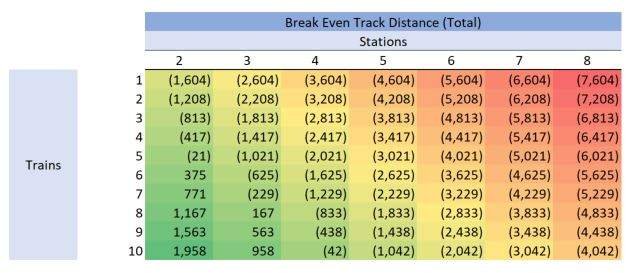
Suffice to say that it is unlikely you will ever run trains within your city that will pay for themselves.
Other Notes:
- Train costs also include the cost of any freight depots or rails in your city. Those fixed costs don’t generate any revenue to offset.
- Tracks from off map are not included in your costs. However, if you delete those tracks and re-build or redirect them, then those costs are included.
- Trains from off map that stop at your stations do not generate revenue. The analysis above only discussed the use of trains to transport passengers within a city.
- Assuming you’re playing Vanilla and earning access to transportation as your city grows, it’s likely that by the time you reach the size where trains become available your city will be generating enough overall revenue that implementing trains will not pose a significant burden on your finances. Still, it’s interesting to make the comparisons…
Conclusions and Take Aways
In CIties Skyline there are many reasons to implement public transportation that are not related to their costs or ability to pay for themselves. But regardless of the strategic reasons, I recommend that you keep the economics of the various modes in mind and decide if the benefits outweigh the costs of implementing.
- Buses – inexpensive overall, but the number of vehicles required can make them unwieldy in a larger city.
- Metro – good bang for the buck when installed in high traffic areas with reasonable distances between stops.
- Trains – expensive, but a fun way to move larger numbers of people around your city.


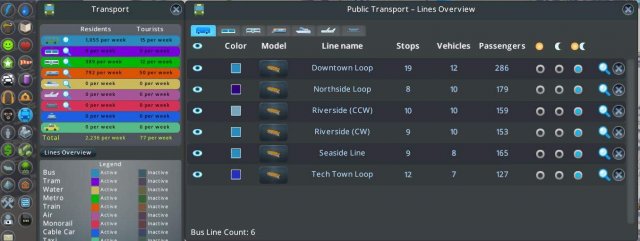
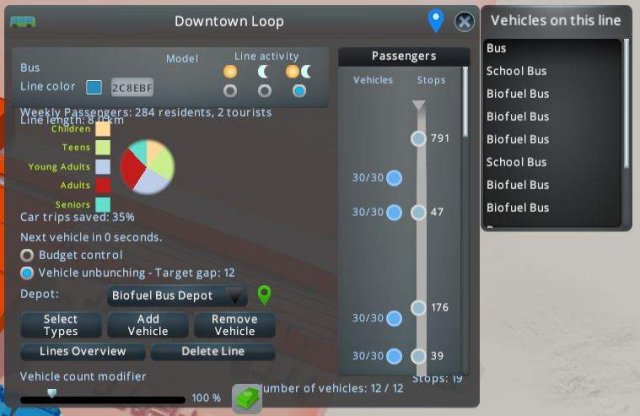
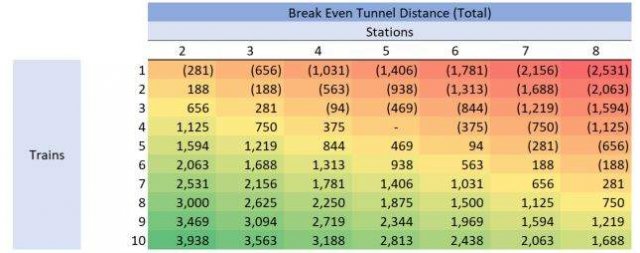

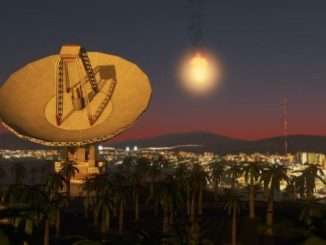
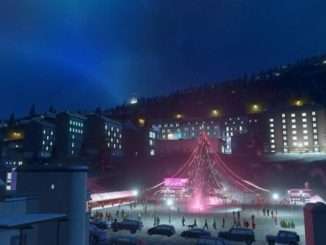

Be the first to comment